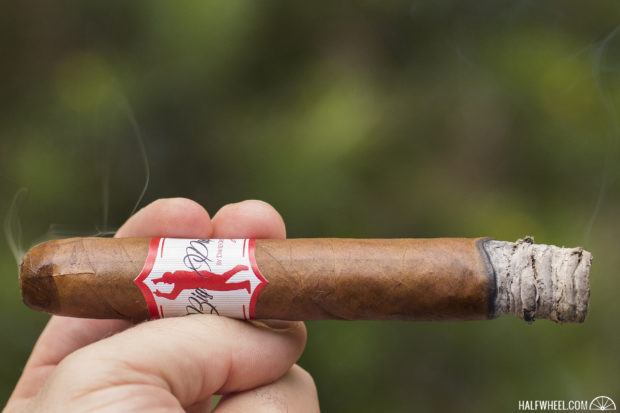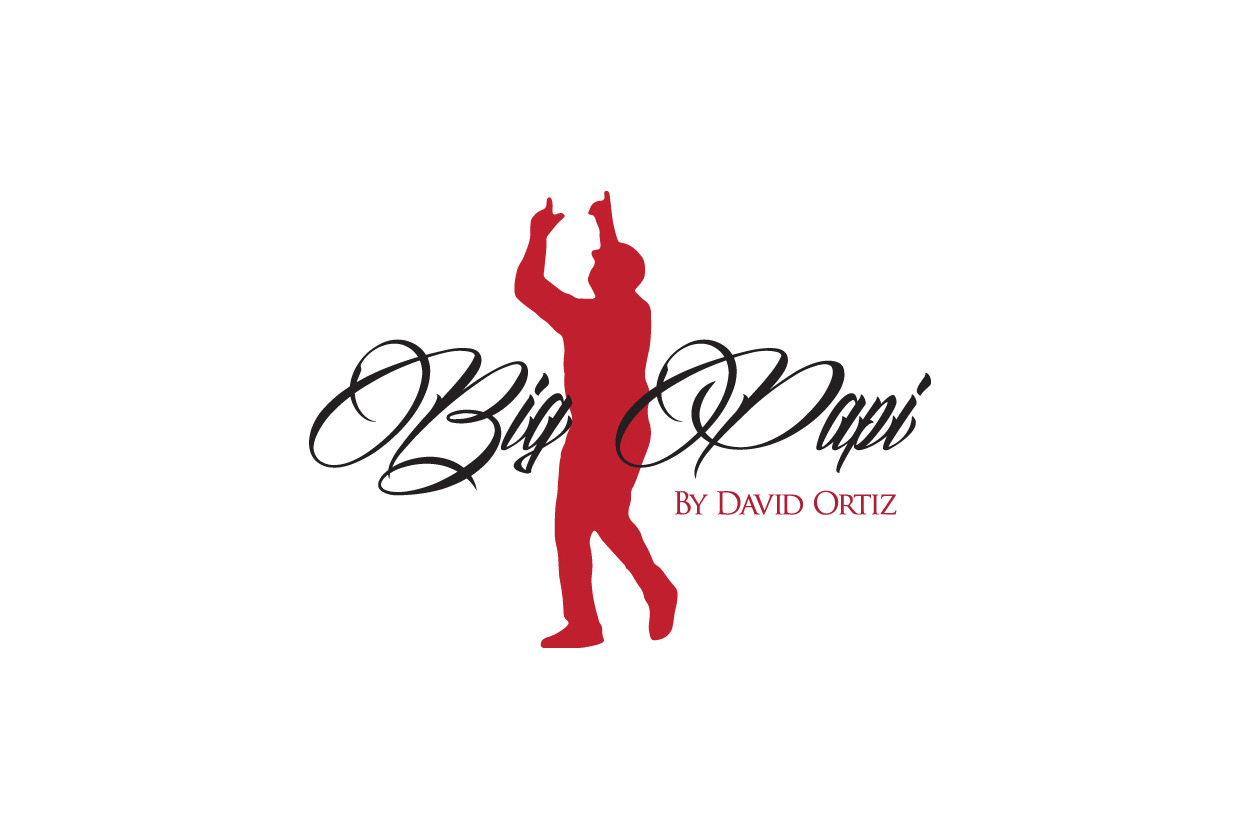With several pro athletes having released cigars bearing their name, the Big Papi project between David Ortiz and Tabacalera El Artista wasn’t exactly groundbreaking when it was announced in July 2016, but it still created intrigue nonetheless.
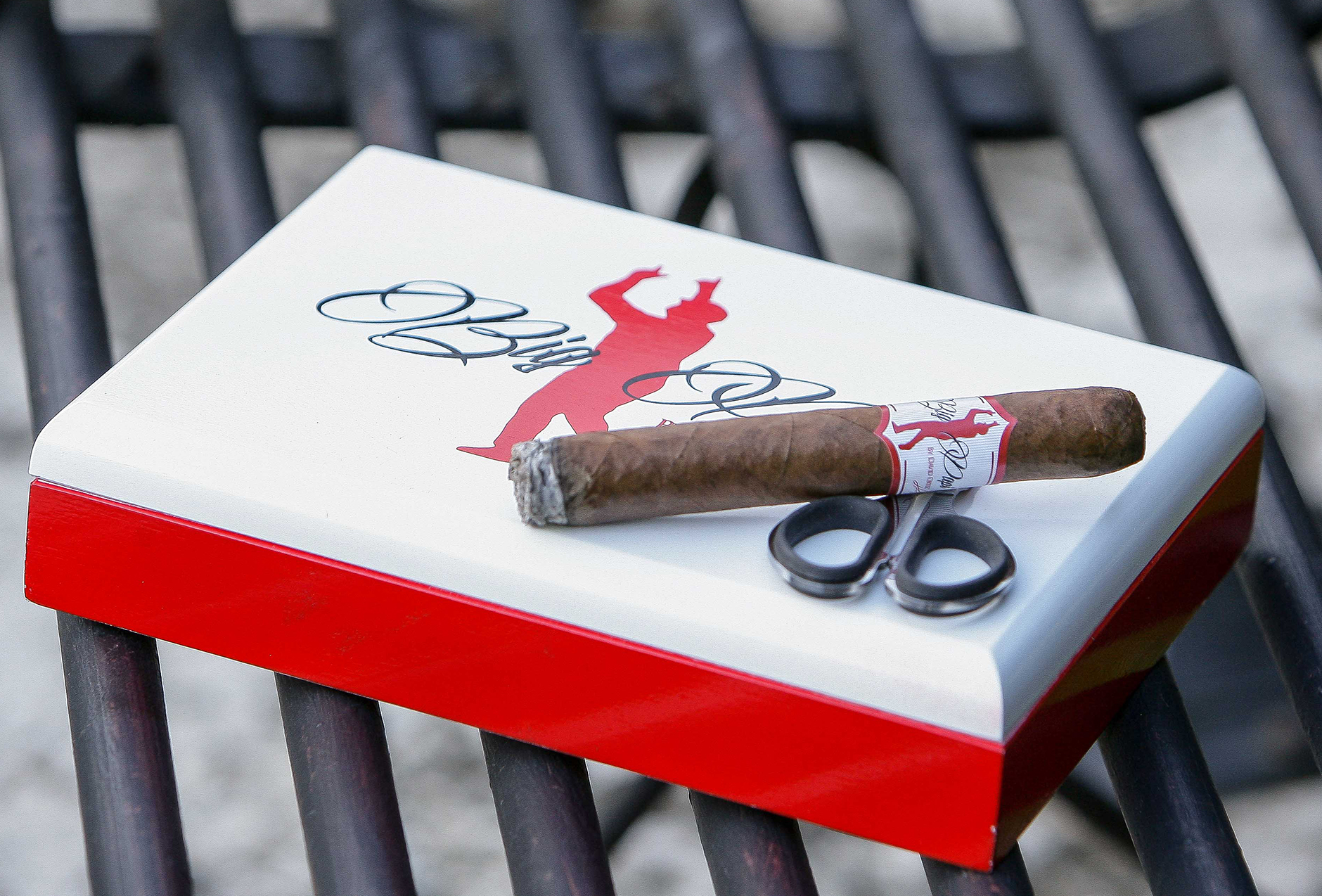
Ortiz, whose nickname is Big Papi, had become one of the few true faces of baseball in the past decade, a fact helped by him being a big man with a big personality who hit big home runs—both in distance and importance—in one of the biggest baseball cities in the country. The former Boston Red Sox slugger was entering the final months of his Major League Baseball career that spanned parts of 20 seasons when the cigar was announced, seemingly creating a bridge to at least part of his post-playing career.
The cigar brings together tobaccos from three countries, as an Ecuadorian habano claro wrapper sits atop a criollo 98 binder from the Dominican Republic and fillers from the D.R. and Nicaragua. It comes in a single vitola, a 6 x 54 toro priced at $11.50 that gets a red ribbon foot band and a primary bad that matches that of the 20-count box, with the nickname Big Papi in black script and a silhouette of Ortiz in red, pointing to the sky with both hand, something he became known for doing after hitting home runs as a tribute to his deceased mother.
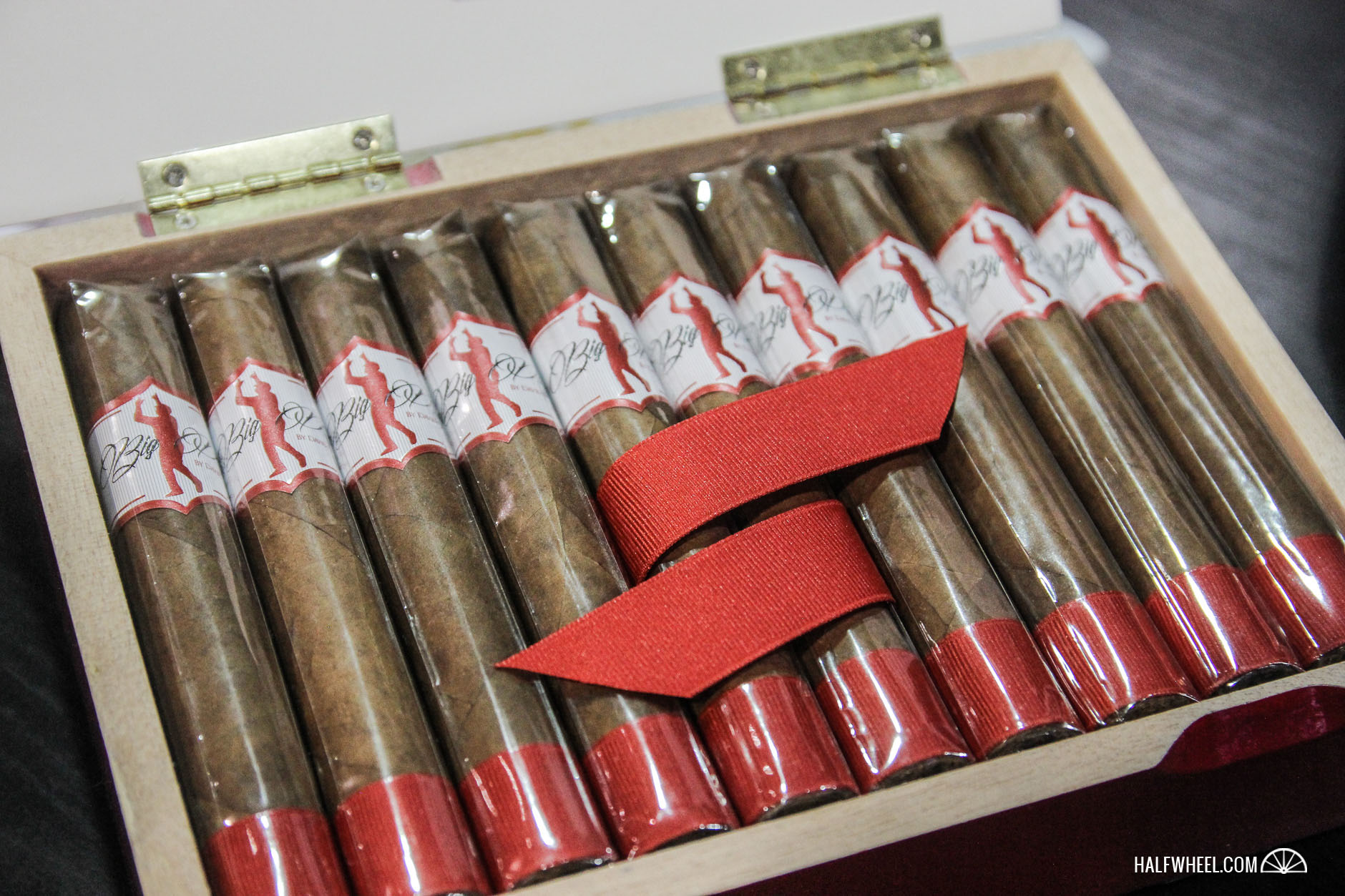
“We are honored Mr. Ortiz selected us to make his cigar with him,” said Radhames Rodriguez, president of El Artista Cigars via a press release when the cigar was announced. “David Ortiz is a true believer of the thought that celebrations keep friends together; we know the blend for Big Papi will bring together fans of David Ortiz with friends of fine cigars”.
Jonas Santana, marketing manager for El Artista, added that “this is an exceptional blend of tobaccos for an exceptional ball player,” with the cigar blended to be medium bodied and marked by notes of pepper, chestnut, and cream.
The cigar would get its introduction to the industry at the 2016 IPCPR Convention & Trade Show, with its widespread distribution coming in Oct. 2016 during the tail end of baseball’s postseason. Its first official launch event was held on Nov. 3 in a surprising place for a Red Sox legend: New York City.
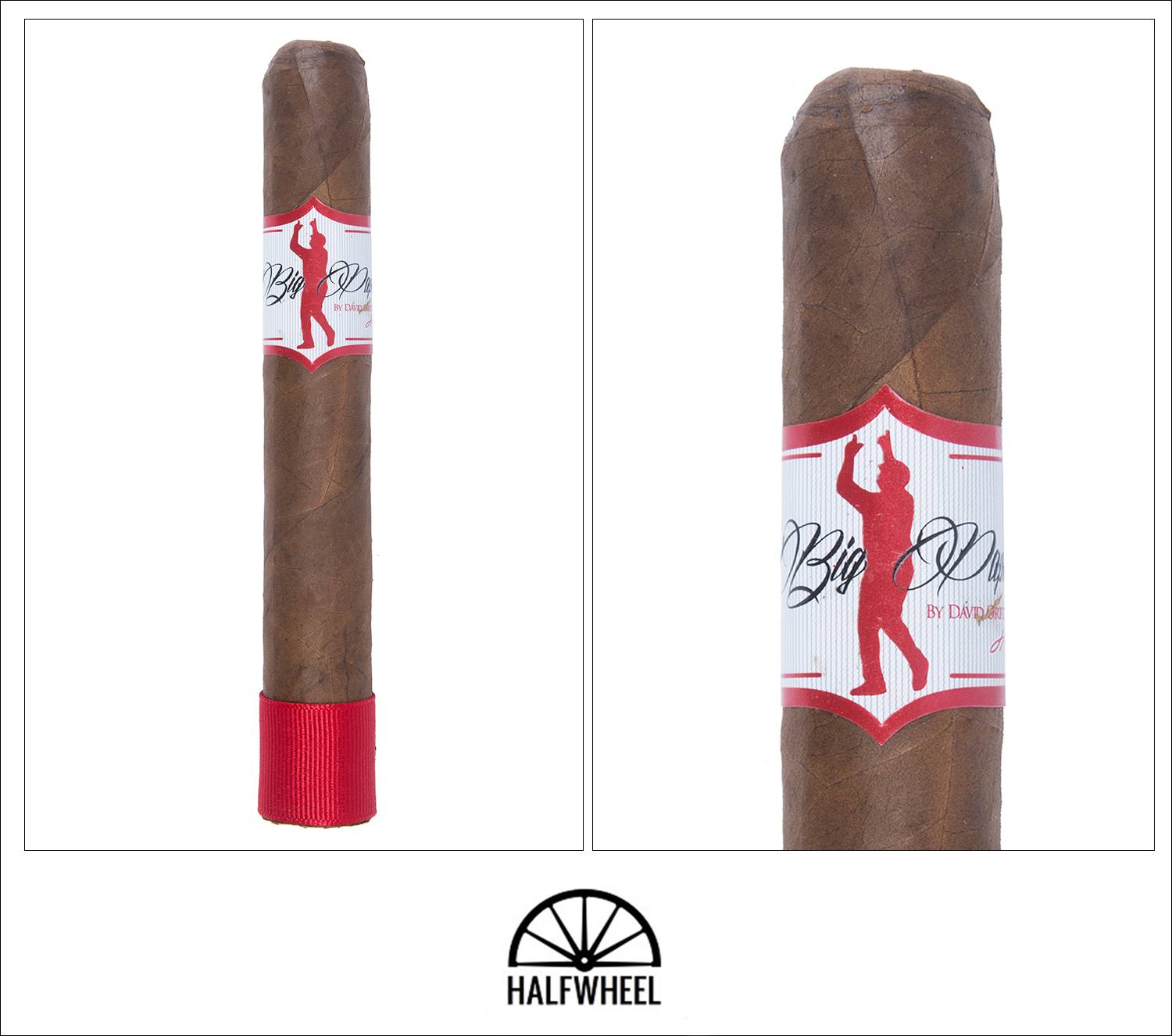
- Cigar Reviewed: Big Papi by David Ortiz
- Country of Origin: Dominican Republic
- Factory: Tabacalera El Artista S.R.L.
- Wrapper: Ecuadorian Habano Claro
- Binder: Dominican Republic Criollo 98
- Filler: Dominican Republic and Nicaragua
- Length: 6 Inches
- Ring Gauge: 54
- Vitola: Toro
- MSRP: $11.50 (Box of 20, $230)
- Release Date: October 27, 2016
- Number of Cigars Released: Regular Production
- Number of Cigars Smoked For Review: 3
The Big Papi is a fairly big cigar, though the familiarity of its 6 x 54 toro vitola diminishes that sentiment a bit. The wrapper isn’t the prettiest I have ever seen, mottled in places with a slightly oily sheen and feel on the fingers. Veins aren’t too much of an issue, generally winding up on the back side of the cigar, while the seam lines are nearly invisible and the cap is well applied, albeit a bit more dome-like than average. After taking off the piece of red ribbon that serves as a foot band, I’m greeted with sweet aromas of strawberry and fruity potpourri. The cold draw is a touch open on two samples and spot on the third, with a first impression of a strawberry glaze, but the flavor quickly adds undertones of cedar and lumberyard wood.
While I wouldn’t call the first puffs of the Big Papi off-putting, they are a bit less than welcoming in two samples: a muted, woody, dirty earth, that I can’t remember coming across. What’s most interesting is that instead of the flavors jumping out of the cigar, they seem to pull the taste buds down. The physical sensation changes before the flavor does, though the latter does take some small steps towards improvement with some dry cedar creeping out and helping to lighten the flavor, albeit not without a few oversteps of balance and into some sourness. That all said though, the third sample handles the task of presenting these flavors remarkably better, with the wood crisp and backed by peanuts and a touch of salt. While there is an earthy base it’s not the traditional loamy flavor of the Dominican Republic nor the heavier notes associated with Nicaragua, and I can’t even say I’m getting anything that I would associate with Ecuadorian habano. After struggling to pin down a specific flavor, I resolve to knock off the ash as it grows close to two inches in hopes of spurring a bit of a flavor progression. Notes of damp firewood carry the cigar into its second third, with a bit of pepper beginning to emerge and tingle the tongue as the cigar burns quite well by all accounts.
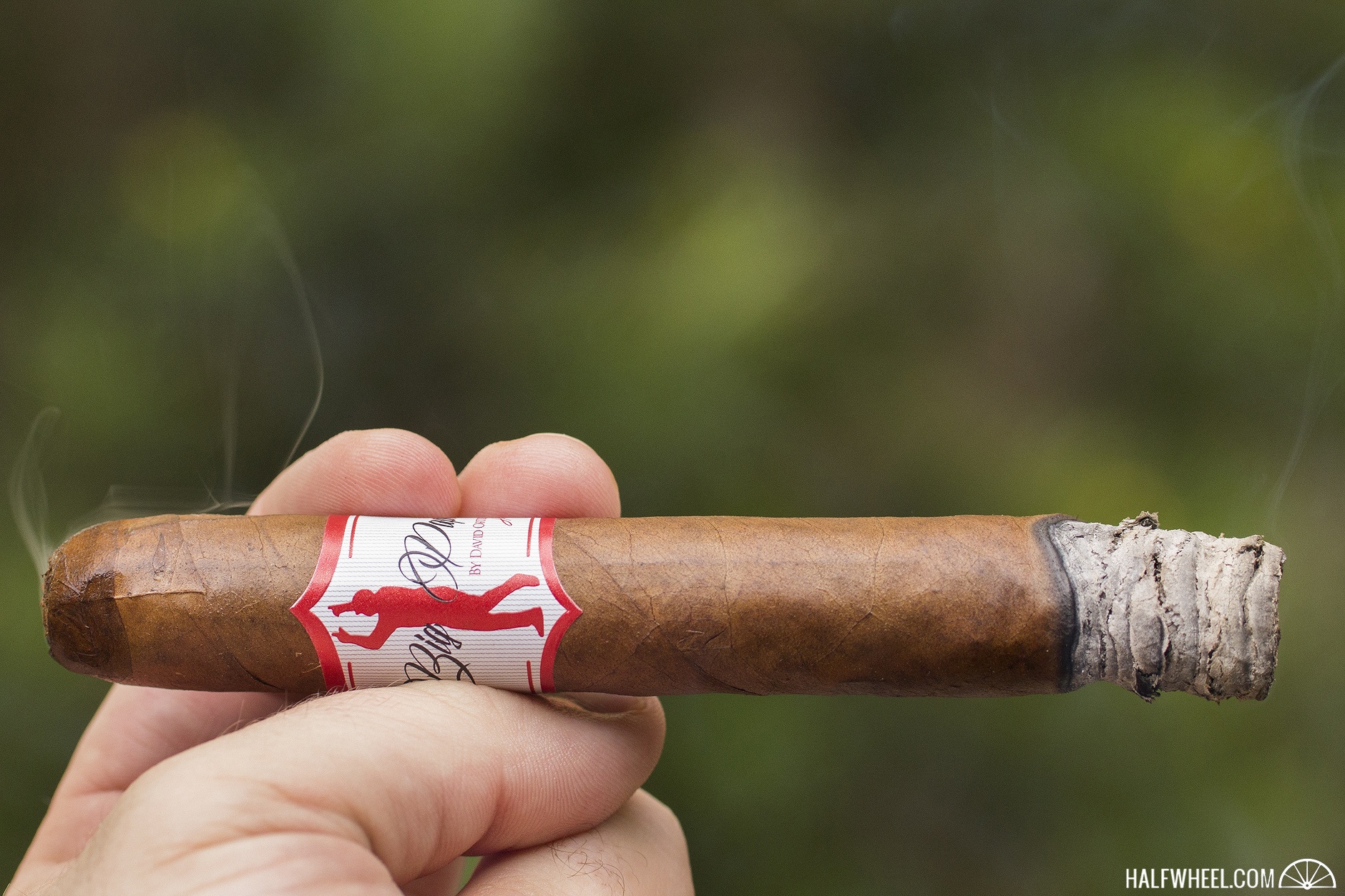
By the time the cigar gets into its second third, the flavor has become much more expressive than it was at the cigar’s start, though it’s hard to say this new offering is that much better in the first two samples. There is a bit more pepper present, with retrohales doing the better job showcasing them, but the underlying flavors are still hampered by an off-putting earthiness that is flirting with the term sour pretty heavily. The third sample has gotten a tick sharper as well, but it still comfortably within the boundaries of being an enjoyable cigar, and certainly much different and better than the previous two. The Big Papi hits its first burn issue just past the midway point of the first sample, as the wrapper and binder struggle to burn and need a quick touch-up to help one side catch up to the other. The cigar has been burning well otherwise, and I have to give it credit for offering progressions of flavor, though now it is picking up a bit more metal as the burn line enters the final third.
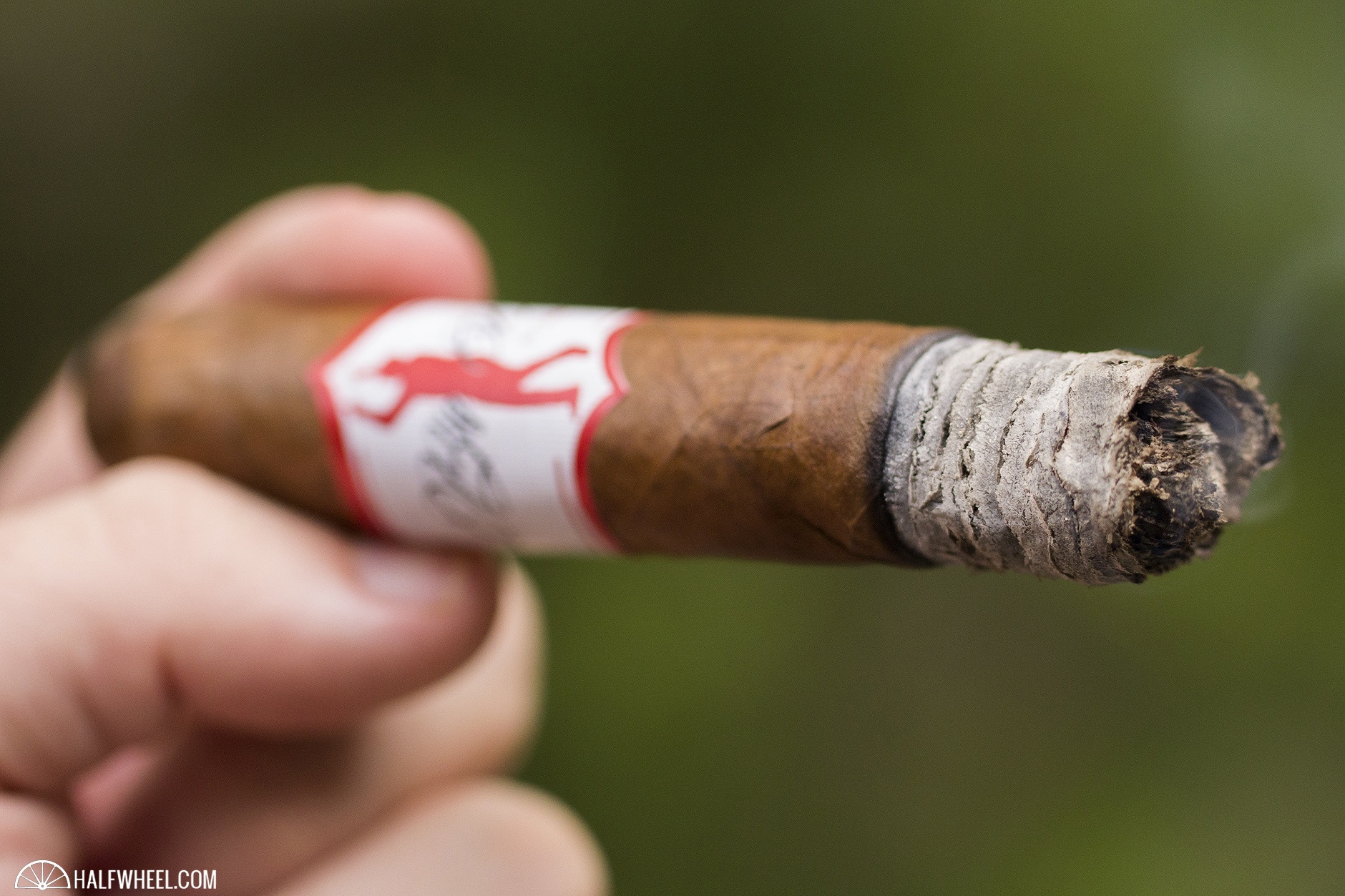
The metallic closing notes of the Big Papi’s second third are fleeting, with a good helping of black pepper pushing them out of the way an leaving a tingle on the front of the tongue, and for several puffs gets the cigar to a place where I have to think it was intended to be all along. The final sample doesn’t show any of the metallic notes, and instead continues on with a pleasant mix of dry wood, black pepper that tingles the tongue and a slight bit of earth as an undertone. Those puffs in the first two samples are fleeting as well, and with about two inches left the Big Papi turns back to its previous metallic leanings, now even more vibrant than they were just a few minutes earlier, with wet chalk now joining the fray. The final puffs of the Big Papi are a bit tighter than the rest, as each draw feels a bit more labored to get smoke production at a decent level. Pepper returns to the forefront of the profile in the final inch, this time showing some distinctly Nicaraguan characteristics.

Final Notes:
- The difference between the first two samples and the third one were drastic, to say the least, and that final cigar salvaged both the score and my thoughts on the Big Papi. It also forced me to soften the tone of some of my words in the description.
- Given that Ortiz is a very proud Dominican and Tabacalera El Artista is based in the D.R., I was a bit surprised that this isn’t a Dominican puro.
- I was also surprised to see pin striping on the band, since to a Red Sox fan, pin stripes are a sign of the enemy.
- Ortiz would be eligible for indication into the National Baseball Hall of Fame in 2022, and it would seem at this point that he will have no trouble getting the votes. Assuming that happens, it would seem that a cigar would be appropriate for that celebration, though given where FDA regulations are at the moment, it’s hard to predict whether that’s a feasible hope.
- NESN.com has a good piece about the origins of Ortiz’s home run celebration that serves as the basis for the graphic on the Big Papi. Ortiz’s mother, Angela Rosa Arias, died in a car crash in the Dominican Republic on Jan. 1, 2002.
- The WikiPedia page about Ortiz is quite extensive as well.
- The number of baseball analogies and phrases I chose not to use in this review could also be described as extensive.
- Boston has quite a rich history of cigars as well, though that has certainly changed in the past five years or so due to high taxes and several prominent stores closing or leaving the state.
- Final smoking time was two hours on average.
- The cigars for this review were purchased by halfwheel.
To say that the third sample was night-and-day different from the first two would be an understatement; in baseball parlance the cigar found a way to bust out of a slump not just with a dribbler of a single but with a screaming line drive for a double. At its best, the Big Papi is the medium-bodied, woody and nutty blend the company billed it as. At its worst, it’s heavy, metallic and off-putting save for a few good notes. It’s impossible to ignore the consistency issues that these three cigars presented, and the profile of the first two had me thinking this is a cigar to stay away from. However, if I could assure that the rest of the cigars tasted like the third one, it would be an easy recommendation as something to try.

